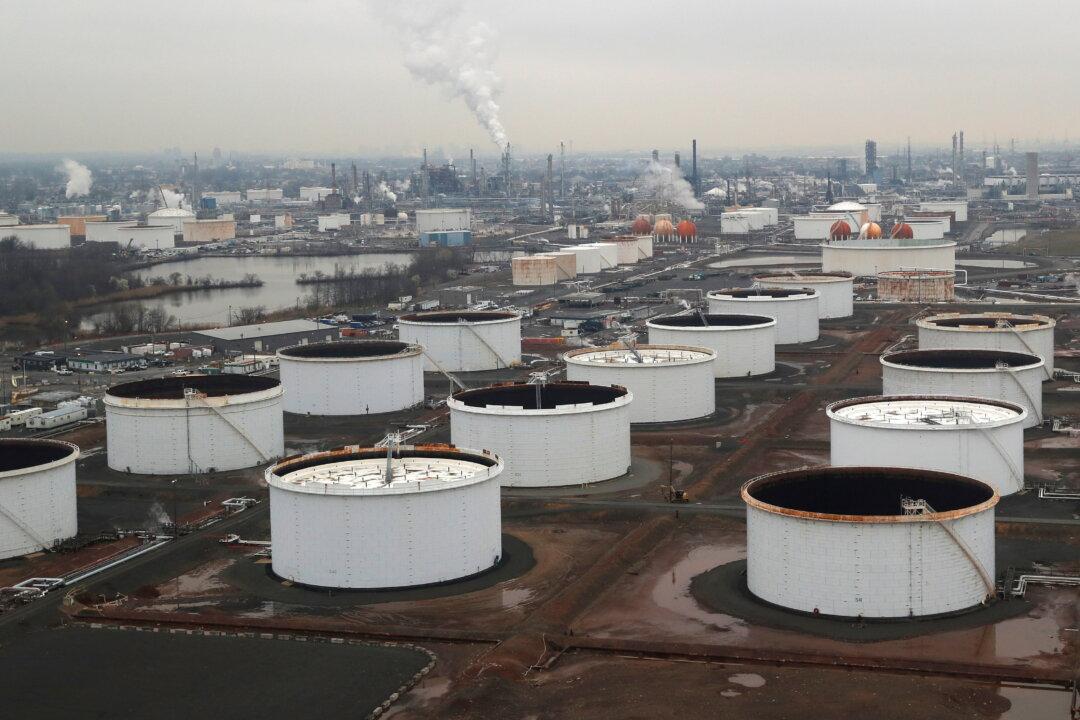Oil prices edged lower on Thursday, extending losses from the previous session as signals of higher supply from the United States met concern over lacklustre energy demand from China.
Brent futures were down 23 cents at $80.95 a barrel by 1101 GMT. U.S. West Texas Intermediate crude (WTI) shed 27 cents to $76.39. Both benchmarks fell more than 1.5 percent in the previous session.





